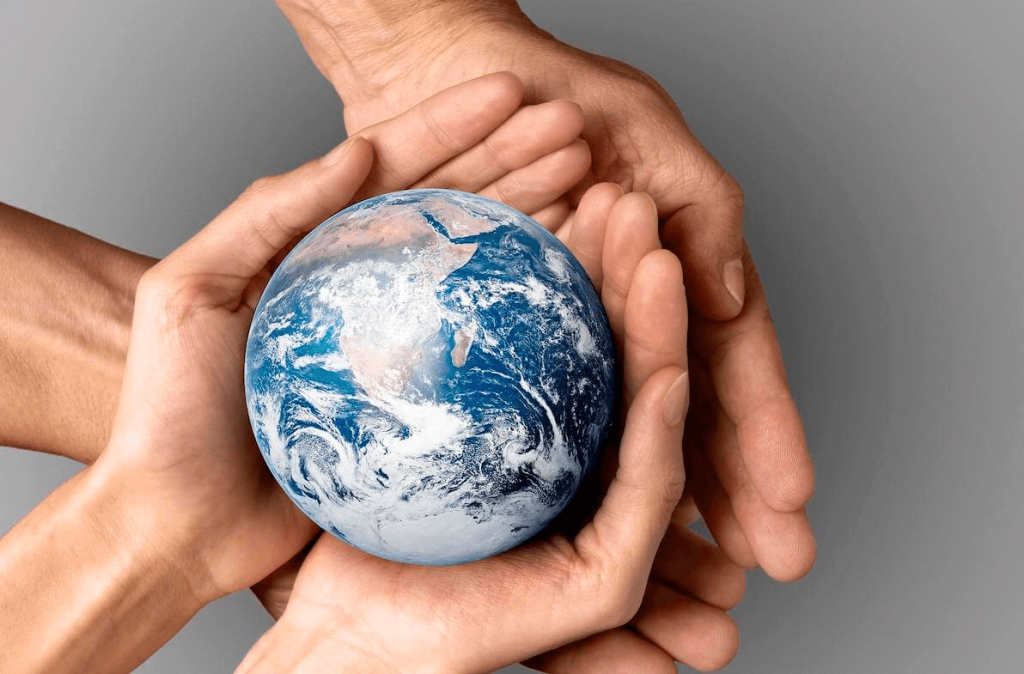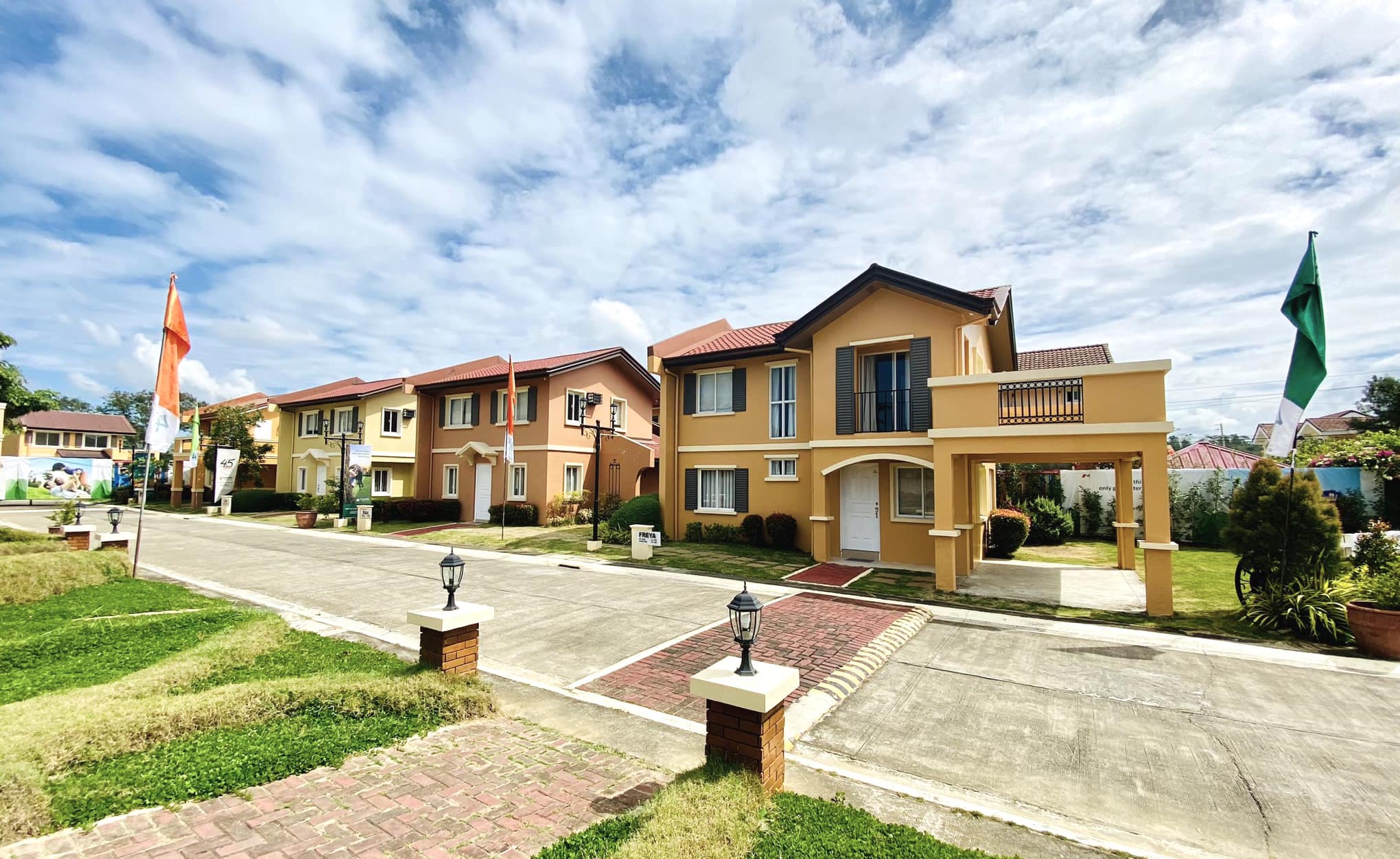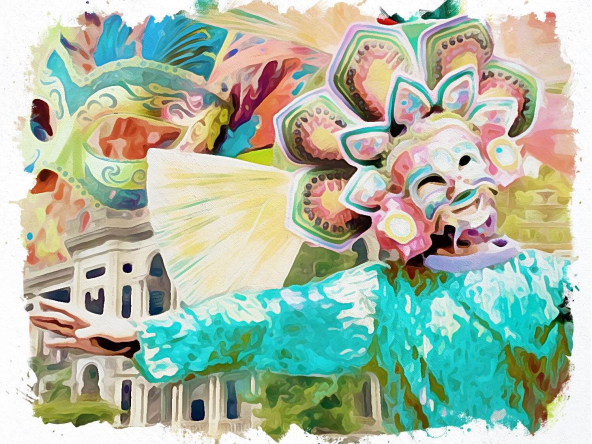
The International Day of Peace
In 1981, a resolution was sponsored by Costa Rica and the United Kingdom to commemorate and strengthen the ideals of peace. The United Nations General Assembly unanimously voted in agreement, and thus, September 21st has been a universal declaration of the International Day of Peace.
The Iconic Bell for Peace Building
One of the day’s important icons, the Japanese Peace Bell, has been around longer than International Peace Day. Chiyoji Nakagawa, a then-council member of the United Nations Association of Japan, has donated it.
The idea for the bell came upon Nakagawa’s visit to the sixth General Assembly of the United Nations in Paris. He proposed to travel worldwide collecting coins and medals from different people, races, and religions.
He revealed that these are for use as material, melting them all to form a bell to symbolize the wish to maintain peace. He asked for the bell to be placed in the United Nations Headquarters and be tolled in its name.
Everybody present agreed to his proposal; thus, the collection of metals commenced. He journeyed worldwide with nine gold coins from Pope Pious XII and the coins from present delegates.
After collecting enough materials, Chiyoji Nakagawa returned to his home country to deliver the metals to Tada Foundry in Takamatsu to officially create the bell.
Inscribed on the bell are the characters 世界絶対平和萬歳, translated as “long live absolute world peace,” which is now equipped with a belfry and a wooden bell hammer crafted by Japanese artisans.
Since being turned over to the United Nations Headquarters in New York, the bell has been sitting in the headquarters’ garden for over 40 years, being taken out for exhibitions to spread the message of peace.
Of course, everybody knows that tolling a bell or simply thinking about the concept of it would not manifest peace. This is why member nations are encouraged to create programs promoting peace and designed to help spread the message. One such activity is a call for a 22-hour global cease fire for all major conflicts.
Is Peace Hard to Achieve?
The differences that make us unique are often celebrated in today’s world. But before, and sometimes even today, differences in beliefs, races, and even how we know ourselves can cause strife.
The quest for peaceful relations, non violence, sustainable peace, and conflict resolution has been a constant struggle ever since its conception.
History has proven that people often go to war for several reasons, such as faith and disputes about land.
Did you know that from 1900 to 1999, more than 30 significant wars were fought worldwide? From civil to globally spanning conflicts, millions have died, and millions more have and are still suffering its effects.
Fostering peace contributes to stopping major conflicts from happening. While this sounds like something that you might only see in movies, the concepts of peace and conflict are fundamental and, in the case of the latter, very delicate. Like ember, conflict can just as quickly spread given enough air or die from lack of oxygen.
In an ideal and sustainable world, peace is not something that has to be worked hard for, but in the real world, peace is something we know of from the collective unconscious, but it is something that we rarely experience in full.
The Quest For Peace

Thirty-five years after the foundation of International World Peace Day, the UN created the Sustainable Development Goals managed and run by the office of the United nations Secretary General.
These are a collection of 17 interlinked objectives set to be the blueprint for peace and prosperity for people and the planet, now and into the future. The 17 goals focus on concepts that may seem abstract at first glance, but a closer look reveals actionable plans that organizations and individuals can act on.
The seventeen goals are no poverty (SDG 1), zero hunger (SDG 2), good health and well-being (SDG 3), quality education (SDG 4), gender equality (SDG 5), clean water and sanitation (SDG 6), affordable and clean energy (SDG 7), decent work and economic growth (SDG 8), industry, innovation and infrastructure (SDG 9), reduced inequalities (SDG 10), sustainable cities and communities (SDG 11), responsible consumption and production (SDG 12), climate action (SDG 13), life below water (SDG 14), life on land (SDG 15), peace, justice, and strong institutions (SDG 16), and partnerships for the goals (SDG 17).
Different organizations in the public and private sectors are doing their part to make the goals a reality. Even in academia, kindergarten classes do different kinds of classroom activities such as painting peace rocks, creating artwork for peace, or hand-painting doves, while scholars from the collegiate to the doctorate level are directing their research to help solve at least one goal.
These have given rise to discoveries in sustainability, specifically using alternative energy, which some point to as the leading cause of international conflicts.
So, what can we do for peace?
In the novel-turned-movie Pay It Forward, a kid named Trevor was given an assignment to come up with an idea to help change the world. He comes up with the idea of paying it forward, where he starts doing people favors and asks them to give someone else the favor instead of back to him.
This inspires a whole wave of kindness that changes the lives of several of the film’s characters. It shows the wonders of going out of one’s way to help someone out of goodwill and gratitude.
Global peace is challenging, yet even individuals can do their parts. Some personalities have bigger dreams of a peaceful place and have been icons of peace with many of them recognized as winners of nobel peace prize.
A number of them raise awareness on nuclear disarmament, advocates for human rights issues, climate change, and similar worthwhile endeavours.
But it does not have to be at this level. Small items such as refraining from feeding the fire of the latest rumor, mediating a confrontation between friends, or even posting artwork in the name of peace help spread awareness of its message.
One can even volunteer for groups that advocate goals that need a little push! As hard as it is hoped, peace requires tremendous understanding, patience, and goodwill. But individuals can start at their level: with each other.
Something as simple as giving a stressed friend a cup of coffee can help tremendously. Who knows, maybe that friend can pay it forward?

Check out our House and Lot for Sale Properties
Discover our house and lot for sale properties in the Philippines

